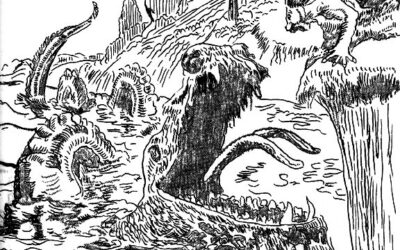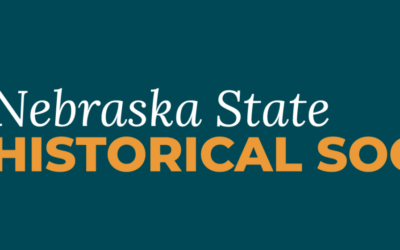Foster May (1905-52) was an aggressive, controversial, and colorful figure in Nebraska radio and politics during the 1930s and early 1940s. An informal summary of his career appeared in the April 1, 1952, Omaha World-Herald (on microfilm at the Nebraska State Historical Society) shortly after his death.
The son of a Methodist minister who lived in several small Nebraska towns, May attended Scottsbluff High School and the University of California. He worked as a traveling salesman and on several newspapers, including the Omaha Bee-News, in the early 1930s. “He got into radio by walking into the offices of KFOR, Lincoln, with a brash attitude and a well-worn suit, grabbing a microphone and letting studio executives watch him interview studio employees in the style he wanted to use in ‘man-on-the street’ programs.
“He was a one-man news staff for KFOR and later KFAB in Lincoln. . . . He was jealous of his reputation as the station newscaster, even after he came to Omaha and joined WOW. . . .
“Mr. May was with WOW most of the time until 1942, when he won the Democratic nomination for Senator. He had run unsuccessfully for Congress twice before. He had to leave the station during the campaign of 1942, which he lost to [Republican] Kenneth Wherry [George Norris also ran as an independent], but he came back as a free-lance commentator. . . .
“In 1944 May went to Europe as a radio war correspondent, then went to Los Angeles as a news supervisor for the American Broadcasting Company.” He died in San Diego, California, in 1952.



